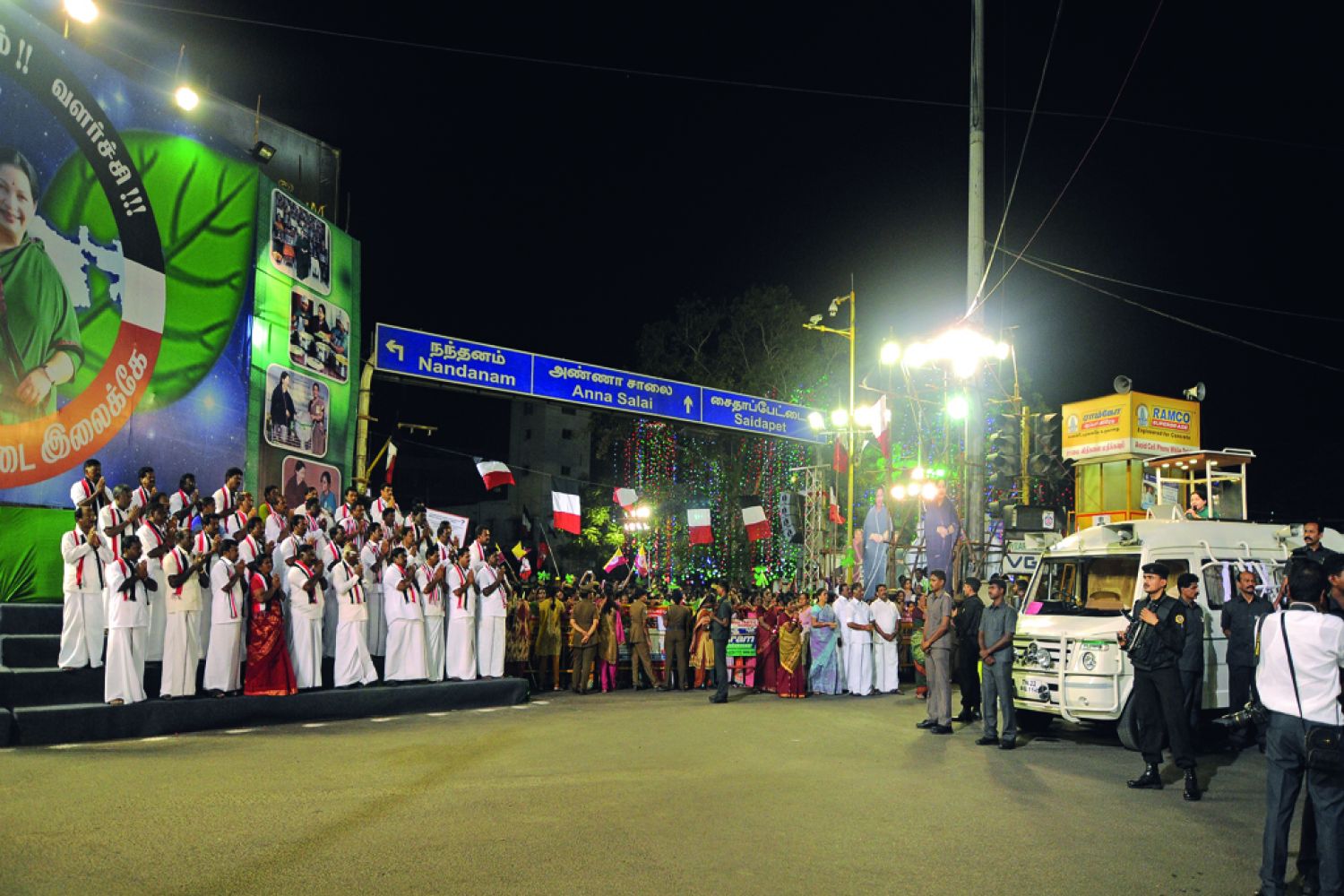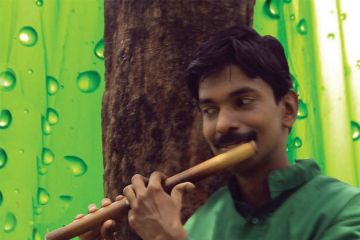
Flags and festoons line the streets of Chidamabaram, leading up to a huge open private ground where a glittering arch bears chief minister Jayalalithaa’s smiling face. It’s said Lord Shiva as Nataraja dances in Chidambaram because it is the centre of the universe. This Tuesday in March, Chidamabaram reaffirms its place in the world: Jayalalithaa—or Puratchi Thalaivi (“revolutionary leader”), or Amma (mother), the general secretary of the All India Dravida Munnetra Ka





